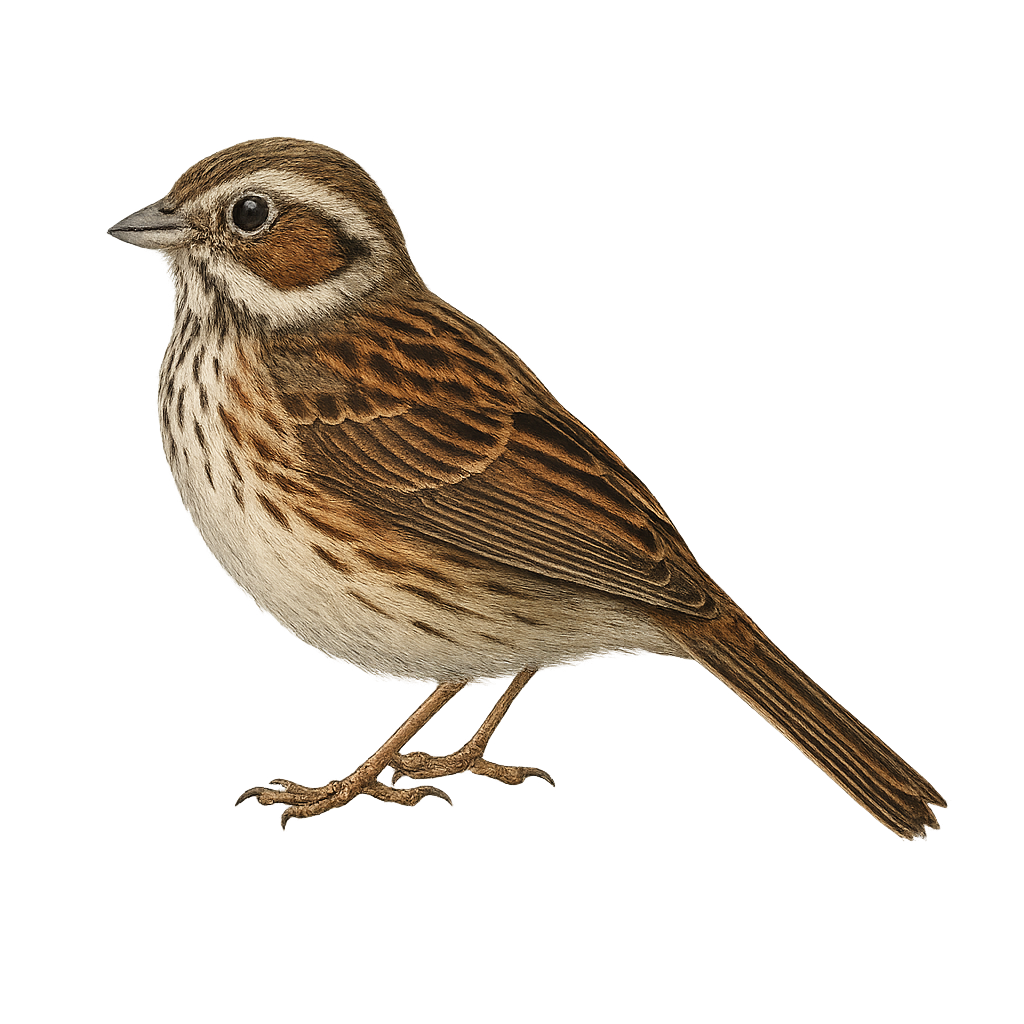Your wildlife photography guide.
Explore the chestnut-eared bunting in detail, study its behavior, prepare your shots.
Where to observe and photograph the chestnut-eared bunting in the wild
Learn where and when to spot the chestnut-eared bunting in the wild, how to identify the species based on distinctive features, and what natural environments it inhabits. The WildlifePhotographer app offers tailored photography tips that reflect the chestnut-eared bunting’s behavior, helping you capture better wildlife images. Explore the full species profile for key information including description, habitat, active periods, and approach techniques.
Chestnut-eared Bunting
Scientific name: Emberiza fucata

IUCN Status: Least concern
Family: EMBERIZIDAE
Group: Birds
Sensitivity to human approach: Suspicious
Minimum approach distance: 10 m
Courtship display: April to June
Incubation: 11-13 jours
Hatchings: April to July
Habitat:
Grasslands, cultivated fields, forest edges
Activity period :
Primarily active during the day, with peak activity in the morning and late afternoon.
Identification and description:
The Chestnut-eared Bunting, Emberiza fucata, is a small bird from the Emberizidae family. It is easily identifiable by its distinctive chestnut ear patches and brown and gray plumage. This passerine bird primarily inhabits open areas such as grasslands and cultivated fields, feeding on seeds and insects. It is commonly found in Asia, especially in China, Japan, and Russia. During the breeding season, the male sings to attract a mate, subsequently building a well-hidden nest in low vegetation. Although its conservation status is currently "least concern," habitat destruction could pose future threats.
Recommended lens:
400 mm – adjust based on distance, desired framing (portrait or habitat), and approach conditions.
Photography tips:
To photograph the Chestnut-eared Bunting, it's advisable to use a lens of 400mm or more to capture precise details without disturbing the bird. Look for open areas where it is likely to feed, such as grasslands or fields. Be patient and discreet, as this bird is suspicious. Use a tripod to stabilize your camera and wait for the right moment to capture the bird in full song or flight. Morning or late afternoon light is ideal for achieving natural colors and good contrast.
The WildlifePhotographer App is coming soon!
Be the first to explore the best nature spots, track rutting seasons, log your observations, and observe more wildlife.
Already 1 431 wildlife lovers subscribed worldwide

